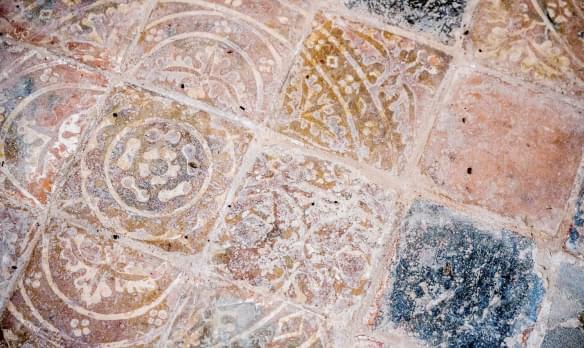
St Editha
Tamworth, Staffordshire | B79 7DA
We have supported this church
Search for a fascinating place to visit, or see the variety of churches, chapels and meeting houses we have supported.

Tamworth, Staffordshire | B79 7DA
We have supported this church

Nether Heyford, Northamptonshire | NN7 3LH
A 12th century church in the village of Nether Heyford.
We have supported this church

Adderley, Shropshire | TF9 3TD
A light filled church in rolling countryside.

Furtho, Northamptonshire | MK19 6NR
This remote church at the most southern point of the county is beguilingly set at the end of a long tree lined lane which is well indicated by a brown sign off the main road.

Hillingdon, Greater London | UB8 3QR
Grade II* listed church dating back to the 13th century with 17th century tower, Memorial Chapel and lovely stained glass windows and monuments.

Cheddington, Bedfordshire | LU7 0SG
A rural church in a peaceful location with a public footpath running alongside the churchyard.
We have supported this church

Capel, Surrey | RH5 5JY
12th century village church set in the beautiful Surrey Hills.

Bugbrooke, Northamptonshire | NN7 3PB
The first documentary evidence for the existence of Bugbrooke is the Domesday Book of 1086, although there is no reference to there being a church then.
We have supported this church

Shoreham, Sussex | BN43 5NH
Beautifully kept church with Saxon origins and Norman extensions.
We have supported this church

Efenechtyd, Denbighshire | LL15 2PW
The small church is of Celtic origin first recorded in 1253 and possibly built on the site of a monastery with a circular churchyard.

Hillmorton, Warwickshire | CV21 4PP
A 13th century church, home to many outstanding features including an 18th century singers gallery, a listed pipe organ and 14th century stone effigies of the Astley family, considered to be some of the finest of their kind in the region.
We have supported this church

Dorking, Surrey | RH4 1BS
Dorking URC was founded in 1662 by two clergymen who had been ejected from the Church of England because they refused to subscribe to the Act of Uniformity.